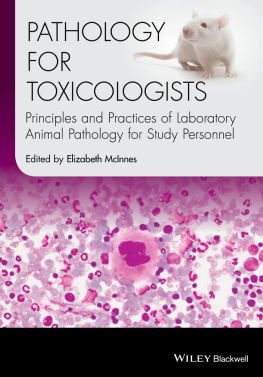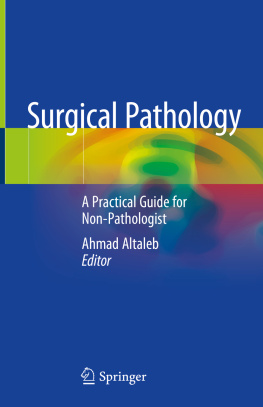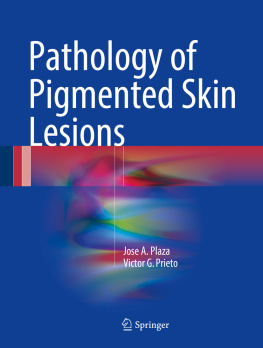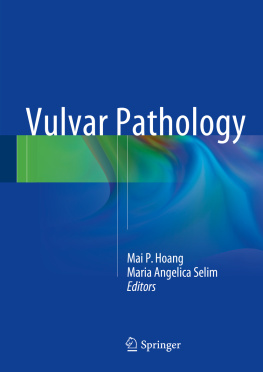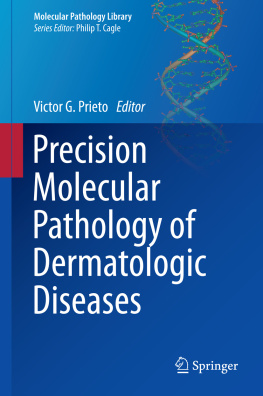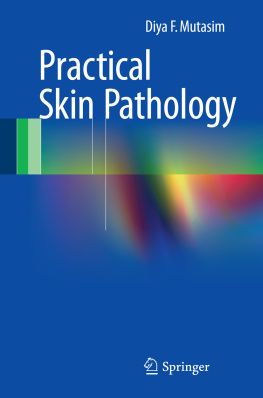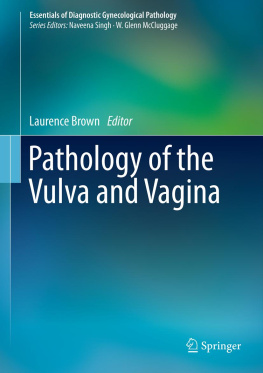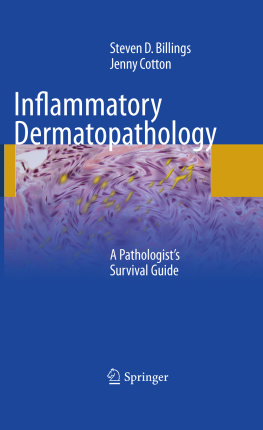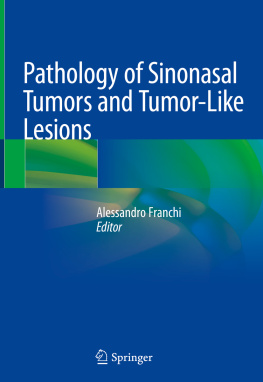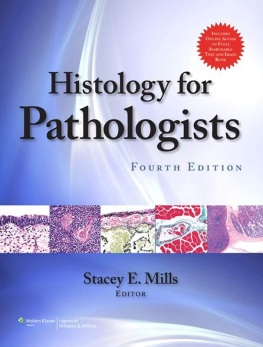Elizabeth McInnes - Pathology for Toxicologists: Principles and Practices of Laboratory Animal Pathology for Study Personnel
Here you can read online Elizabeth McInnes - Pathology for Toxicologists: Principles and Practices of Laboratory Animal Pathology for Study Personnel full text of the book (entire story) in english for free. Download pdf and epub, get meaning, cover and reviews about this ebook. year: 2017, publisher: Wiley-Blackwell, genre: Romance novel. Description of the work, (preface) as well as reviews are available. Best literature library LitArk.com created for fans of good reading and offers a wide selection of genres:
Romance novel
Science fiction
Adventure
Detective
Science
History
Home and family
Prose
Art
Politics
Computer
Non-fiction
Religion
Business
Children
Humor
Choose a favorite category and find really read worthwhile books. Enjoy immersion in the world of imagination, feel the emotions of the characters or learn something new for yourself, make an fascinating discovery.
- Book:Pathology for Toxicologists: Principles and Practices of Laboratory Animal Pathology for Study Personnel
- Author:
- Publisher:Wiley-Blackwell
- Genre:
- Year:2017
- Rating:5 / 5
- Favourites:Add to favourites
- Your mark:
Pathology for Toxicologists: Principles and Practices of Laboratory Animal Pathology for Study Personnel: summary, description and annotation
We offer to read an annotation, description, summary or preface (depends on what the author of the book "Pathology for Toxicologists: Principles and Practices of Laboratory Animal Pathology for Study Personnel" wrote himself). If you haven't found the necessary information about the book — write in the comments, we will try to find it.
Non-pathologists, such as toxicologists and study personnel, can find it difficult to understand the data they receive from pathologists. Toxicological pathologists write long, detailed and highly technical reports. Study personnel are under daily pressure to decide whether lesions described in pathology reports are treatment-related and thus important to the pharmaceutical company or whether the lesions are background changes and thus of little significance.
Written by experienced toxicological pathologists, Pathology for Toxicologists: Principles and Practices of Laboratory Animal Pathology for Study Personnel serves to bridge the gap in the understanding of pathology data, enabling non-pathologists to more easily comprehend pathology reports, better integrate pathology data into final study reports and ask pathologists relevant questions about the test compound.
This succinct, fully referenced, full colour book is suitable for toxicologists at all stages of their training or career who want to know more about the pathology encountered in laboratory animals used in safety studies. Key features include important chapters on spontaneous and target organ lesions in rats, mice, non-human primates, mini pigs, rabbits and beagle dogs as well as information on general pathology, macroscopic target organ lesions, ancillary pathology techniques, haematology, biochemistry and adversity.
Pathology for Toxicologists: Principles and Practices of Laboratory Animal Pathology for Study Personnel includes:
- Colour diagrams explaining how lesions are caused by either external compounds or spontaneously
- The anatomic variations and background lesions of laboratory animals
- Advice on sampling tissues, necropsy, ancillary pathology techniques and recording data
- A chapter on the haematology and biochemistry of laboratory animals
- Full colour photographs of common macroscopic lesions encountered in laboratory animals
- A comprehensive glossary
Elizabeth McInnes: author's other books
Who wrote Pathology for Toxicologists: Principles and Practices of Laboratory Animal Pathology for Study Personnel? Find out the surname, the name of the author of the book and a list of all author's works by series.

